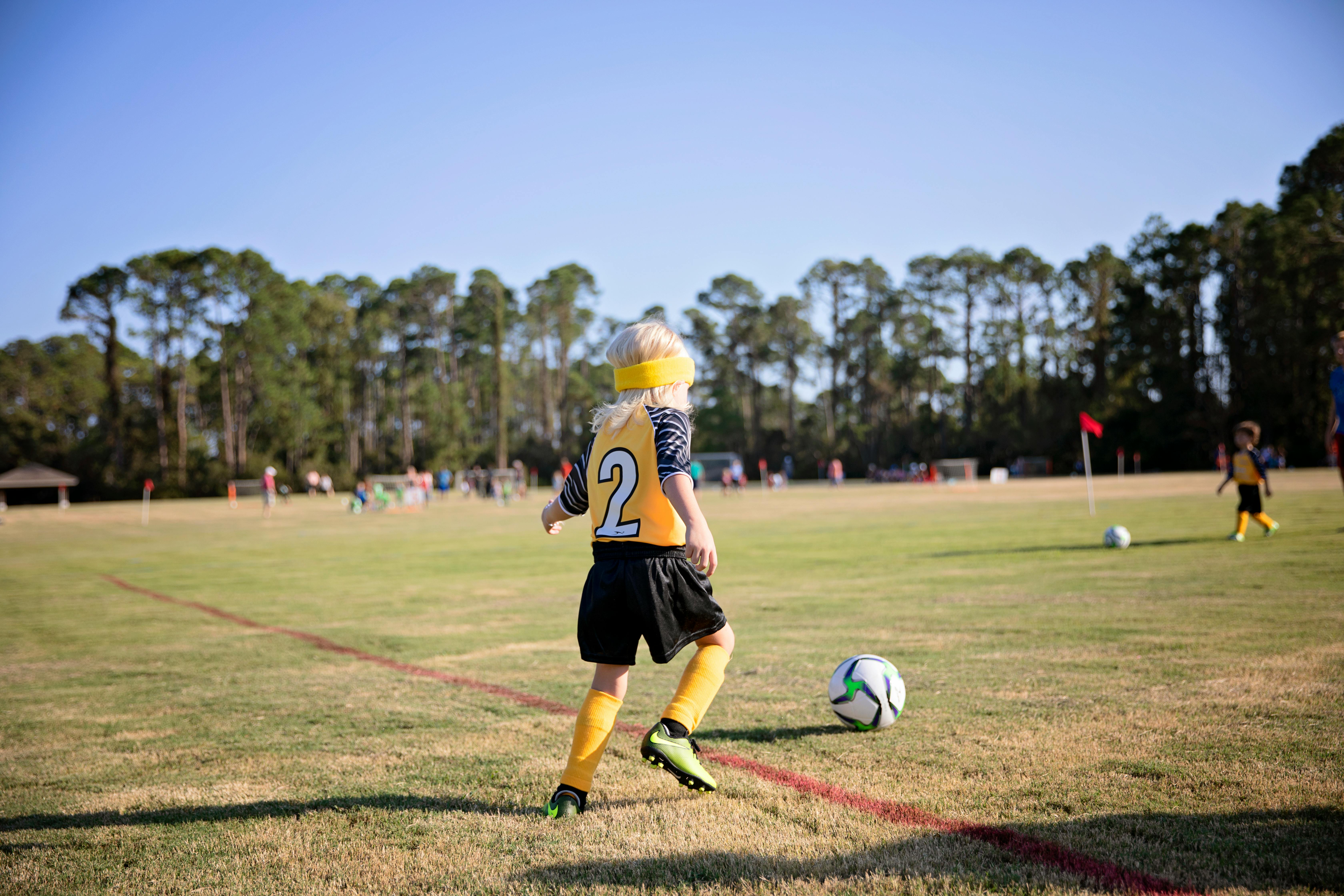
What Causes Poor Result In Hair Transplantation And Prevention And Correction Methods
With increased knowledge, experience, improved technique, aesthetic awareness and dissemination of information through meetings, literature and the inclusion of the hair transplant procedure in training programs, the overall quality of hair transplant surgery it has increased tremendously in recent years. Results considered good years ago may not be acceptable by current standards. Still, due to the greater number of procedures performed and the greater number of surgeons performing them, poor results remain a problem. This article describes some of the causes of poor results and discusses the various prevention and correction methods.
Poor results due to patient selection
Surgery performed in types I, II or III
The usual problem is that the grafts have been incorrectly placed in frontal recessions.
1. The simplest and generally best solution in these cases is to simply remove the grafts and hope that the remaining scars go unnoticed; if not, the patient can cover them with styling.
2. Sometimes if it appears that the removal of the grafts would cause too much scarring or if the design is acceptable enough, minor design changes and filling will create an acceptable result.
3. If the patient is young and appears likely to progress to a more severe pattern, then redesign and completion should be considered. More grafts can be added and some may need to be removed at the hairline. The usual factors for accepting or rejecting a patient should apply in these cases, eg eventual pattern, donor hair density, amount of hair growth in existing grafts, hair color and size.
Surgery performed in Type VII
These patients can have grafts anywhere. Usually there has been an attempt to create a hairline. Usually it will be obvious if the extra grafts will help or if the grafts need to be removed. There are three possible solutions to this problem.
1. If the grafts are reasonable, but the donor area is depleted, inform the patient that additional surgery would only create more cosmetic problems.
2. If the grafts are very unattractive, they should simply be removed in the hope that the resulting scars will be less obvious.
3. If the grafts contain satisfactory hair, are well located and donor hair remains, it is possible in some VII types to add grafts and obtain an acceptable result.
Another possibility, if the patient can comb his hair, is to add grafts to the crown. The added grafts give the swept hair something to adhere to and prevent it from laying flat on bald skin, making it easier to style and enhancing the illusion of thicker, denser hair.
These plans generally require a specific hairstyle, and the patient should be consulted and agreed on the anticipated hairstyle before beginning corrective surgery. If the patient is able to comb his hair with some success and the scalp is lax, scalp reduction will reduce the distance from one side to the other, making styling easier, especially in conjunction with additional grafts in crucial areas.
A poor density
Little can be done for low-density patients. They obtain so few hair per graft that even with the best technique and careful design the result is not usually very good. The ultimate solution, as to whether to add more grafts or remove existing grafts, depends on how unattractive the grafts are and how striking the scars will be if removed.
Planning and design errors
Incorrect hairline placement
Incorrect hairline placement is one of the most common causes of patient dissatisfaction. There are of course a lot of possible wrong designs, for example hairline that is too flat, hairline too far back, hairline too far forward, and hairline that falls too far at the temples. If reconstruction appears conceivable, every effort should be made to salvage as many grafts as possible and use additional grafts where needed. Some of the grafts that need to be removed can be transplanted to other areas. Usually not all hair survives, but most do. Grafts with only a few hairs should probably be discarded.
Sometimes the best solution for a flat hairline is a scalp reduction designed to build a flat or wide hairline.
The correction should aim for a smooth, symmetrical oval or U that extends from one edge of the temple to the other.
How Poor Graft Distribution Affects Hair Transplant Outcome
This is not a serious problem if there is enough hair left to finish the job. The difficulty is that the grafts have been wasted by concentrating them in the wrong areas and not placing enough grafts in more critical areas. Grafts can usually be added at the hairline and in the areas where they will provide the most coverage. Sometimes scalp reduction helps these people by reducing the amount of the bald spot. Thus facilitating styling and styling with the new grafts.
The scalp reduction decision depends on the following 4 factors:
1. Pattern of baldness
2. Density of remaining hair
3. Scalp mobility
4. The number of viable transplanted hairs.
Prevention and correction methods to improve the result of hair transplantation
Good hairline growth
Performing fewer grafts at a time, placing them at a greater angle, and injecting the recipient site with saline creates deeper holes and will reduce some of the problems. The good, easy and comfortable fit of the grafts in the holes of the recipient site without the need for pressure or repeated rearrangements improves hair growth.
The way to prevent the problem from occurring in the first place is to use the advancing hairline. The advancing hairline simply begins the surgery at the back and progresses with each session until the final hairline is reached. With this method, each group of grafts has the advantage of an uninterrupted blood supply from the forehead.